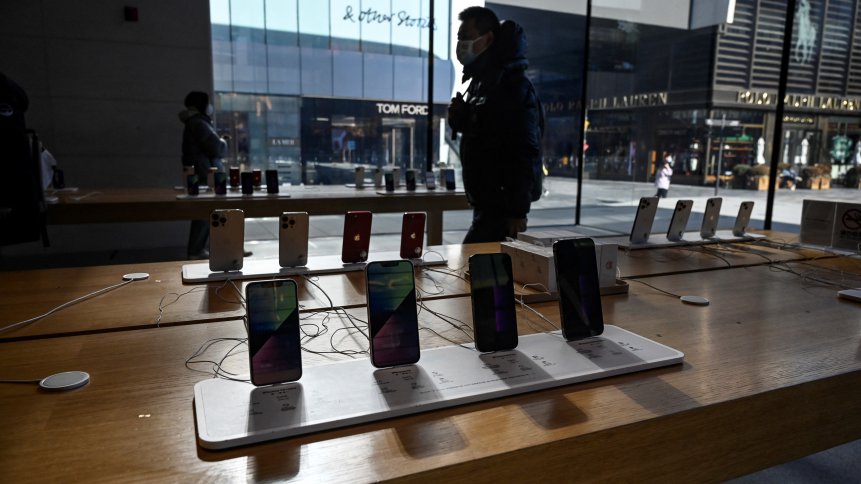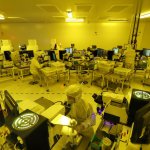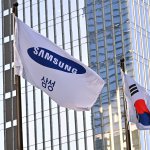Gartner: Chipmakers are in for a bust as sales drop

- Gartner has started noticing weakness in semiconductor end markets, especially those exposed to consumer spending for electronic products such as PCs and smartphones.
- Even 2022 global semiconductor revenue has been reduced from the previous quarter’s forecast by US$36.7 billion.
- Global semiconductor revenue is now projected to grow by a mere 7.4% this year, down from 2021 growth of 26.3%.
Most countries have been facing several common problems simultaneously this year: higher energy and fuel costs leading to rising inflation, taxes and interest rates–all of which are putting pressure on consumer disposable income. That in turn, as Gartner Inc. puts it, has affected spending in common electronic products such as PCs and smartphones, dragging down the semiconductor industry that has yet to fully emerge from the global shortage conundrum.
The slowdown in sales means the industry’s most historic boom cycle is coming to an end. In fact, Gartner notes that chip sales are growing much more slowly than expected and the growth rate’s inevitable decline will be more apparent as we move into 2023. “Although chip shortages are abating, the global semiconductor market is entering a period of weakness, which will persist through 2023 when semiconductor revenue is projected to decline 2.5%,” Gartner’s Practice VP Richard Gordon said.
Though fortunately from an enterprise perspective, inventories are recovering rapidly, lead times are beginning to shorten, and prices are starting to weaken, global semiconductor revenue is projected to grow by a mere 7.4% this year. That’s a far cry from the 2021 growth of 26.3%, according to Gartner. “This is down from the previous quarter’s forecast of 13.6% growth in 2022,” it added.

Source: Bloomberg’s chart from Gartner’s data
In simple words, the global chip shortage is ending but sales, especially in the consumer-centric segment, are tapering. “We are already seeing weakness in semiconductor end markets, especially those exposed to consumer spending. Rising inflation, taxes and interest rates, together with higher energy and fuel costs, are putting pressure on consumer disposable income. This is affecting spending on electronic products such as PCs and smartphones,” Gordon said.
Overall, Gartner reduced its 2022 global semiconductor revenue forecast by a staggering US$36.7 billion, to US$639.2 billion, as economic conditions are expected to worsen through the year. “Memory demand and pricing have softened, especially in consumer-related areas like PCs and smartphones, which will help lead the slowdown in growth,” Gordon emphasized.
How much will the consumer-related segment slow down?
PC shipments are expected to decline by 13.1% this year, after recording impressive growth in 2020 and 2021. Semiconductor revenue from PCs is estimated to record a decline of 5.4% in 2022. Semiconductor revenue from smartphones is on pace to slow to 3.1% growth in 2022, compared to 24.5% growth in 2021.
“The semiconductor market is entering an industry down cycle, which is not new, and has happened many times before,” said Gordon. Data center market on the other hand, will remain resilient for a longer period of time, the consulting firm said, attributing it to continued cloud infrastructure investment.
Even the automotive electronics segment is expected to continue to record double-digit growth over the next three years as semiconductor content per vehicle will increase due to the transition to electric and autonomous vehicles. “The semiconductor content per vehicle is projected to increase from US$712 in 2022 to US$931 in 2025,” Gordon shared.










